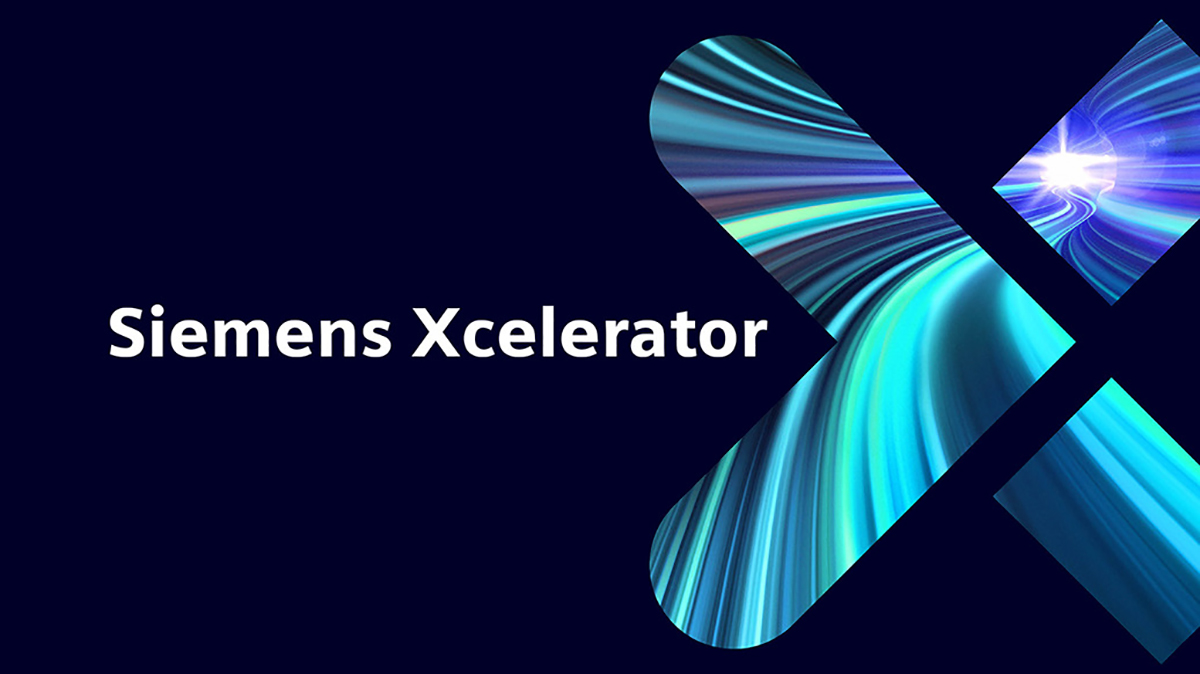As I like to say digital transformation is a journey, not a destination, and we need all the right tools as we continue forward on our journey, which is why I was eager to be one of the first to hear about Siemens Xcelerator, which drives digital transformation.
At its core, Siemens Xcelerator is a business platform that includes a curated portfolio of IoT (Internet of Things) enabled hardware, software, and digital services from across Siemens and certified third parties; a growing ecosystem of partners; and an evolving marketplace to facilitate interactions and transactions between customers, partners, and developers.
“Siemens Xcelerator is our open digital business platform,” says Peter Koerte, chief technology and strategy officer, Siemens. “It is meant to make digital transformation extraordinarily easy. We want to make it easier for our customers. We want to make it faster. We want to make it at scale.”
With this launch, Siemens aims to transform its entire portfolio of hardware and software to become modular, cloud connected, and built on standard APIs (application programming interfaces). The offerings will adhere to the design principles of interoperability, flexibility, openness, and as-a-service.
Koerte explains to start there are 400 solutions tailored specifically to four vertical markets including commercial real estate, utilities, healthcare, and pharma. It will continue to build functionality in the future. The first offering, also announced is Building X, which is a new smart building suite to create a single source of truth that takes complexity out of digitalization and supports customers to achieve their net zero goals. It is an end-to-end data and analytics suite that is a modular, cloud-based open software suite, with AI enabled applications, strong connectivity, and built-in cybersecurity.
Going forward Siemens also plans to integrate its IIoT (industrial Internet of Things) solutions for industry as Industrial Operations X, which brings together solutions and applications from sensor to edge to cloud, IoT as-a-service, and low-code development capabilities, as well as a wide range of ready-to-use apps. It enables the fusion of data from the real world of automation with the digital world of information technology.
This also comes as Siemens announces a partnership with NVIDIA, as it commits to grow a strong partner ecosystem. The two companies announced an expansion of their partnership to enable the industrial metaverse and increase use of AI-driven digital twin technology for industrial automation. As a first step in this collaboration, the companies plan to connect Siemens Xcelerator, the open digital business platform and NVIDIA Omniverse, a platform for 3D-design and collaboration. This will enable an industrial metaverse with physics-based digital models from Siemens and AI-enabled, physically accurate, realtime simulation from NVIDIA where companies make decisions faster.
That is perhaps one of my biggest takeaways from my time spent with Siemens recently—the metaverse is coming and in some cases is actually already here. While there is still a lot of nuances and a different definition depending on who is giving it, the opportunities are huge, and Siemens recognizes this.
Lucia Mirabella, head of design and simulation systems, Siemens, explains that it will leverage the metaverse to improve collaboration, interaction, realtime data delivery, and to create an immersive way to explore a system.
As I see it the digital twin and the metaverse offers big opportunity for manufacturing and circularity, helping us tap into things that once weren’t possible, and Mirabella agrees.
“Since you now can do it for multiple stages, you can let’s say I am now designing something, I am going to simulate how I designed it before, I am going to simulate how that design is going to be manufactured, I can simulate how I am going to recycle or decompose it,” she explains. “Once you have simulated, before even doing the developer step, you make a choice at the beginning, if you go with that without understanding the impact on the end of life, you are stuck. If you can simulate in advance, you can take action before.”
Perhaps that is the biggest value of digital transformation, digital twin, and the metaverse. If you can simulate in advance, you can take action before. And isn’t that exactly what we have been trying to do in manufacturing all along?
Want to tweet about this article? Use hashtags #IoT #sustainability #AI #5G #cloud #edge #futureofwork #digitaltransformation #green #ecosystem #environmental #circularworld


